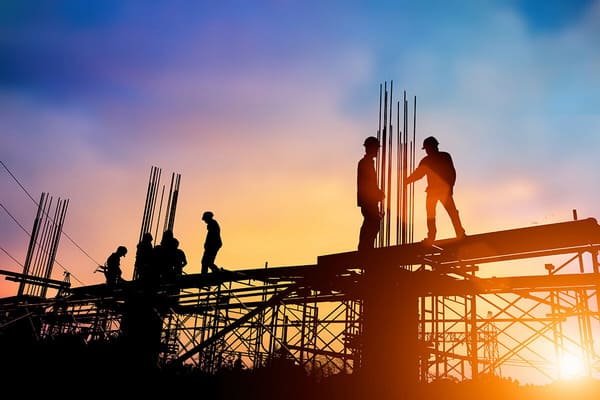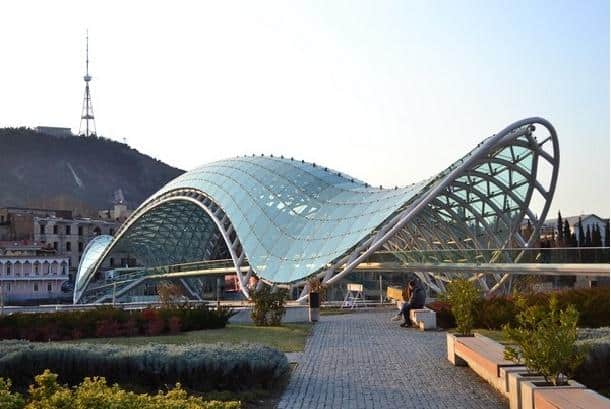The bursting of the real estate bubble at the end of 2007 and the transformation of consumer habits take the construction industry out of its traditional immobility.
The construction sector has been characterized as one of the most traditional and reluctant to innovation. However, the bursting of the housing bubble, at the end of 2007 and, the transformation of consumer habits and expectations forces it to reinvent itself under the protection of new technologies. These are the ones that may be most useful:
6 Main Construction Technologies
1. Big Data
The real estate market has an increasingly dynamic pricing system, subject to continuous fluctuations and that also distributes its offer among countless portals and platforms aimed at very different audiences.
That is why it is unusual that, until relatively recently, developers and real estate companies did not resort to analysis tools to obtain better information about the market from the huge volume of data they handle.
This greater use of data is, in addition, increasingly widespread in the field of buying and selling – in which agencies, for example, can know the elasticity of demand or anticipate the reaction of their consumers to price fluctuations – but also in that of construction, where the analysis of historical information on the operation of a given space can give clues on how to propose an attractive reform for potential buyers.
2. 3d Printing
3D printing seems destined to be the most disruptive technology for construction sector in the coming years, to the extent that it is already accredited and tested its ability not only to present models before undertaking construction, but also to Print walls, bricks and insulating materials. Although 3D printing of homes is taking its first steps, it is destined to make a great contribution to the housing problem, while posing a great business opportunity for companies in the sector that are committed to this technology. 3D printing also allows you to process traditional materials such as mortars and concrete, which are the most used in the sector.
3. Digital Economy
“Although the complexity inherent in the purchase of a real estate asset predisposes the seller and the consumer to face a long, tiring process and with a point of uncertainty, that reality is changing with the unstoppable advance of the digital economy,” they affirm in Signaturit.
Today real estate companies are already working hard to redefine their user experiences to make them faster, more accessible and personalized, as evidenced by the efforts of the portal of Laura Núñez , CEO of Plan Reforma , a comparator of professional construction budgets, both for reforms As for new construction. On the other hand, companies like Flat alert already use geolocation in their home search apps , so that their users receive alerts when they pass near a property for sale or rent instead of having to sharpen their sight when looking for posters of ‘For sale’ or ‘For rent’.
4. The Electronic Signature
Solutions like Signature it come into play here with an advanced electronic signature that guarantees compliance with the highest legal levels. “Our electronic signature solution is a good example, since it allows us to reduce the request and realization of signatures from a few minutes, and with it our clients, both developers and real estate agents, manage to shorten the time it takes to close a sale. ”, They affirm.
5. The Internet Of Things
The real estate field is one of the sectors where the Internet of Things (IoT) has more to say, both in private homes and offices or commercial spaces. Thus the new generations of consumers demand smart homes : a concept that they associate mostly with the connectivity of some of their devices. For example, today there are already intelligent thermostats that base their intensity on motion sensors that guide them on whether there is someone or not at home, and the mobile phone has become a remote control from which to activate appliances, raise or lower blinds , open or even follow in real time the state of the plants in our garden.
6. Virtual Reality
Finally, virtual reality is another technology whose application in other areas is still distant but that already offers competitive advantages in the construction sector. It is well known by Nacho Martín, director and co-founder of Mi5vr whose architecture studio discovered the potential of virtual reality. “The first thing we did was to change the profile of the workforce by incorporating computer professionals, people who came from the video games industry and designers in line with our architects, riggers and draftsmen. The change was brutal to the point that we have tripled the number of clients, national and international, in less than 2 years. ” In Mi5VR they carry out two types of commission: reproductions of existing architectures that can be visited without displacement and the recreation of virtual spaces of possible buildings. That is to say that one can buy a house in Ibiza, without visiting it, from the agency in Madrid as having the exact idea of what we want to be built.



